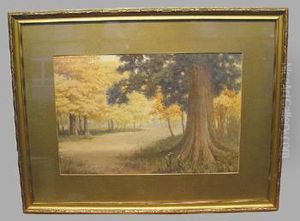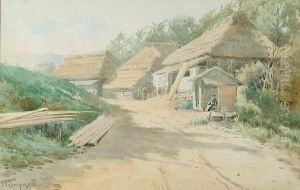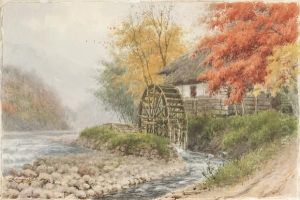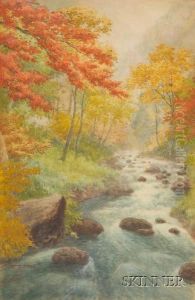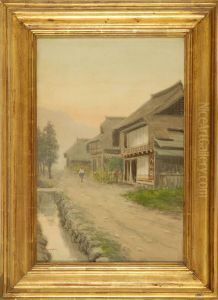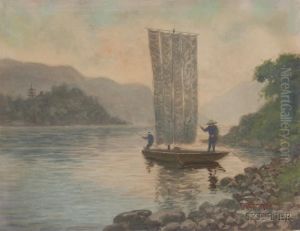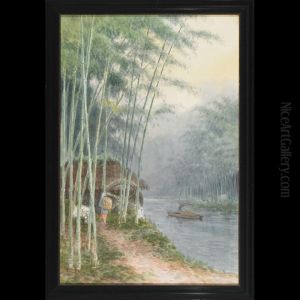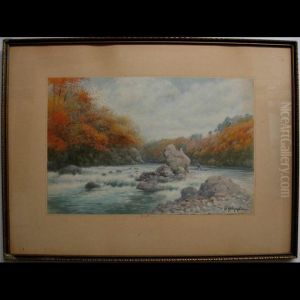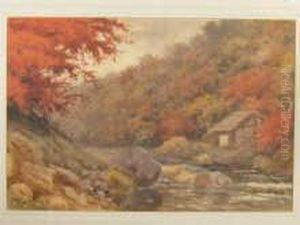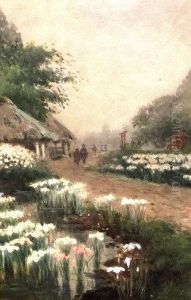Tokusaburo Kobayashi Paintings
Tokusaburo Kobayashi was a Japanese painter known for his contributions to the Nihonga style, which is a traditional Japanese painting genre established during the Meiji period (1868-1912). Born on March 10, 1886, in Niigata Prefecture, Japan, Kobayashi began his artistic journey at a young age, showing a keen interest in the arts. He moved to Tokyo to pursue his passion and studied under various prominent artists of the time, including Kaburaki Kiyokata, who was a master of bijinga (paintings of beautiful women).
Kobayashi's work is characterized by its delicate use of color and refined brushwork, often reflecting the beauty of nature and the changing seasons, as well as the grace of Japanese women. He was deeply influenced by the shin-hanga movement, which sought to revitalize traditional ukiyo-e art by integrating Western painting techniques, such as shading and perspective, with Japanese subjects.
Throughout his career, Kobayashi contributed to the development of Nihonga by participating in various exhibitions and becoming a member of art societies. He was also involved in educational efforts to foster the next generation of Nihonga artists. His dedication to the preservation and evolution of traditional Japanese painting earned him recognition and respect within the art community.
Kobayashi's legacy is preserved through his artworks, which continue to be displayed in museums and galleries, both in Japan and internationally. His dedication to the Nihonga style has inspired many artists, and his works remain a testament to the beauty of traditional Japanese aesthetics. Tokusaburo Kobayashi passed away on January 18, 1978, leaving behind a rich body of work that continues to influence and captivate art lovers around the world.
